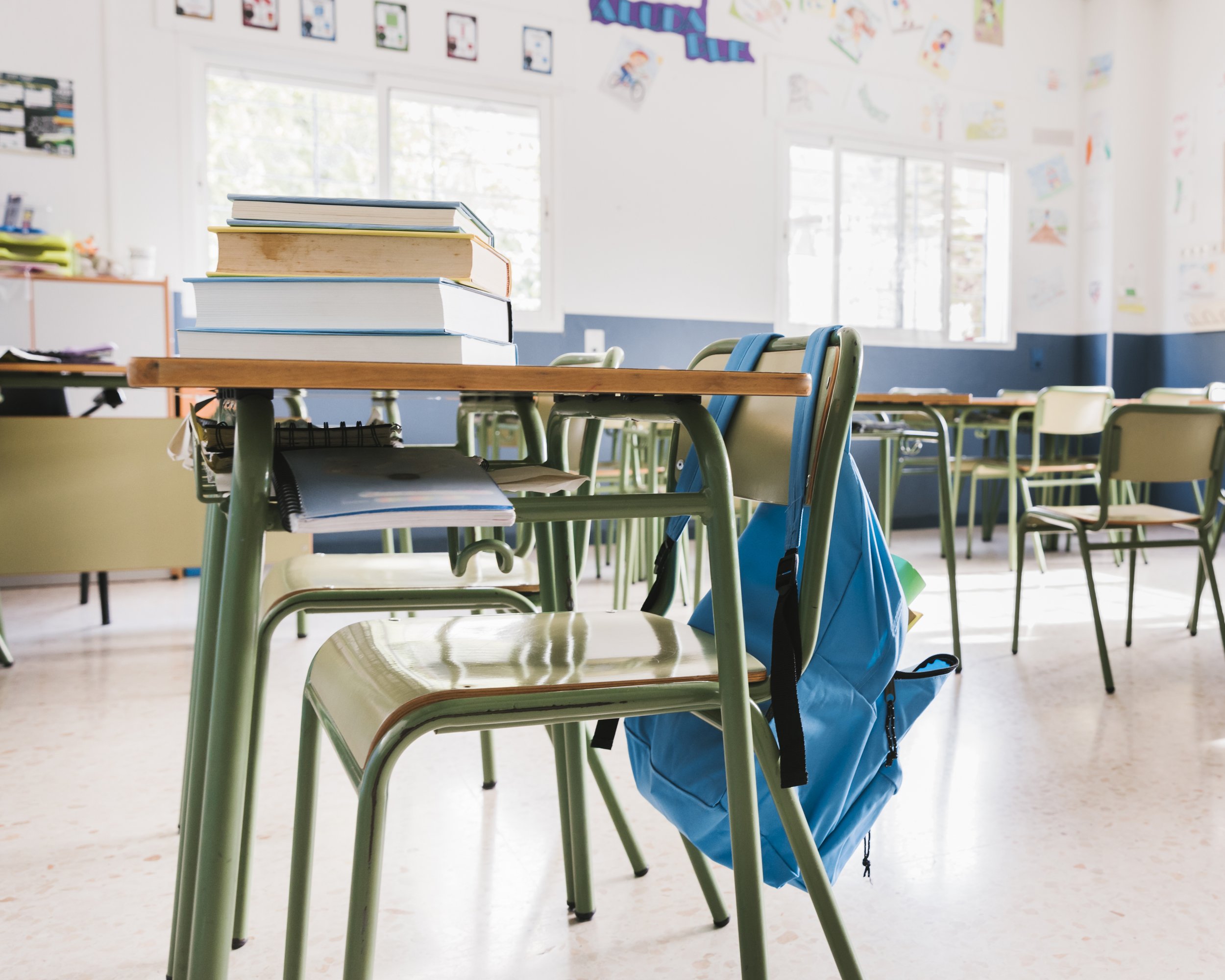Protocol proposal for the prevention of adolescent suicidal behavior in a school environment
Ana Moreno
A protocol for the prevention of school suicide behavior is presented and developed based on the limitations and strengths identified in the protocols promoted by ten autonomous communities
The adolescent population is in a vulnerable situation regarding suicidal behavior. In Spain, suicide is the leading absolute cause of death in the 15 to 29 age group, with 316 cases in 2021, according to data collected by the National Institute of Statistics (INE).
Spain does not have a State Law for the prevention of suicide, despite the World Health Organization urging governments to enact comprehensive and multisectoral national strategies (Pan-american Health Organization, 2021). All regional health departments and some education departments as well as other regional and local bodies are making efforts to implement specific measures. The literature shows the need for coordinated action from various private and public stakeholders, including educational institutions. However, when analyzing the existence of specific prevention plans or strategies at regional level, it becomes evident that greater coordination among public agencies is necessary.
There is scientific agreement that schools are one of the natural settings for preventing self-harming behavior and for conducting interventions that promote mental health among young people (Al-Halabí &; Fonseca-Pedrero, 2021).
Bustamante & Florenzano (2013) point out that the more multileveled interventions are included in the program, the better the results. It would be desirable that in the future, the education sector is aware and willing to implement training for guardians among the school staff, psychoeducation, promotion of emotional well-being of students, and other measures involving the entire educational community.
Since 2021, legislation has required all schools to have a protocol for responding to any type of violence. Ten autonomous communities have developed their own guide or protocol for the prevention of school suicide.
Through the analysis of the main limitations found in these guidelines, there has been a lack of clarity in the activation criteria of the protocol, as well as significant discrepancies regarding issues such as the handling of confidential information and the application of legislation on data protection and digital rights. Taking these findings into account and in order to serve as a reference for the development of specific protocols, a protocol for the prevention of adolescent suicidal behavior in a school environment has been prepared. The document is easily adaptable by any educational institution and can facilitate the identification of students at risk, as well as become an effective and structured action.
A society that invests in and nurtures the collective we are concerned with, is laying a strong foundation for the future house under construction. We still have time to change the lives of many young people.
References
Al-Halabí, S., & Fonseca-Pedrero, E. (2021). Suicidal Behavior Prevention: The Time to Act is Now. Clínica y Salud, 32(2), 89–92. https://doi.org/10.5093/clysa2021a17
Bustamante, F., & Florenzano, R. (2013). Programas de prevención del suicidio adolescente en establecimientos escolares: una revisión de la literatura. Revista Chilena de Neuro-Psiquiatría, 51(2), 126–136. https://doi.org/10.4067/S0717-92272013000200006
Organización Panamericana de la Salud. (2021). Vivir la vida. Guía de aplicación para la prevención del suicidio en los países. Pan American Health Organization. https://doi.org/10.37774/9789275324240


